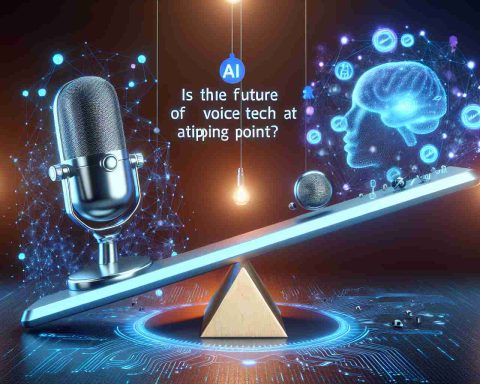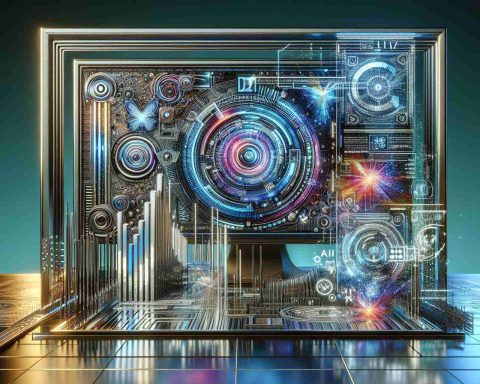OpenAI has unveiled its latest generation of AI models, marking a significant leap forward in artificial intelligence capabilities. This new model is poised to surpass benchmarks previously thought unattainable by AI, particularly in problem-solving across various scientific disciplines such as physics, chemistry, and biology.
Notably, the new model demonstrates an extraordinary ability to solve complex problems at a level that exceeds that of PhD candidates. While the model is officially available today, its rollout will be staggered among users, with full access likely extending over several weeks.
In an impressive comparison, during a rigorous exam meant for the International Mathematical Olympiad, the prior top model could tackle only 13% of the problems correctly, whereas the latest release achieved an astounding 83%. This dramatic improvement raises questions about the future of testing methodologies, as existing metrics may soon become obsolete.
Furthermore, when faced with programming challenges, the previous iteration of the AI solved 11% of issues correctly, while the new model excelled with an impressive 89% success rate. Despite its similar size to its predecessor, it employs a newly refined approach to problem-solving, including longer contemplation and the ability to self-correct. This introspective style may slow down responses to simpler questions, but positions the model as a potential game changer for tackling more complex inquiries.
Revolutionizing Artificial Intelligence: OpenAI’s Latest Breakthrough
OpenAI’s recent advancements in artificial intelligence have generated excitement across multiple fields, as their latest model is set to redefine our understanding of machine capabilities. The freshly unveiled AI not only demonstrates unprecedented problem-solving skills but also opens up new avenues for research, education, and practical applications.
Key Questions and Answers
1. What distinguishes this new AI model from its predecessors?
The latest model incorporates enhanced algorithms that prioritize critical thinking, allowing for deeper analysis and self-correction mechanisms. This improvement enables the model to not only arrive at quicker solutions but also to reassess its answers to ensure accuracy.
2. How might this AI impact education and evaluation?
As the model performs exceptionally in academic scenarios, traditional evaluation methods may need to be redefined. Educators might have to adopt project-based assessments and collaborative problem-solving exercises that gauge student critical thinking rather than rote memorization.
Key Challenges and Controversies
While the advancements are remarkable, several challenges and controversies arise:
– Ethical Implications: With AI models achieving near-human levels of problem-solving, concerns grow regarding the potential misuse of this technology in academic dishonesty or automated decision-making in sensitive areas like healthcare and criminal justice.
– Job Displacement: As AI begins to perform tasks traditionally managed by skilled professionals, there are fears of job losses in fields such as tutoring, science communication, and even aspects of research that rely on basic problem-solving abilities.
– Bias and Fairness: Questions about the fairness of AI outputs continue to emerge, particularly in how data is curated. If not addressed, biases in training data can lead to biased outcomes, perpetuating inequalities.
Advantages and Disadvantages
Advantages:
– Increased Efficiency: The new model can assist in complex problem-solving across various domains, enabling faster progression in research and development.
– Enhanced Learning Tools: The AI can act as a personalized tutor, adapting to the needs of different students and providing explanations that cater to individual learning styles.
Disadvantages:
– Over-reliance on Technology: There’s a risk that educators and students may lean too heavily on AI for solutions rather than developing critical thinking skills.
– Cost of Access: The model’s rollout may initially present financial barriers, limiting access for smaller institutions or underserved communities.
As OpenAI continues to push boundaries in AI technology, the implications of this breakthrough are profound, affecting numerous industries and aspects of daily life. Understanding these developments will be crucial for policymakers, educators, and industry leaders alike.
For more information, visit OpenAI.
https://youtube.com/watch?v=vONMvfOkmhU

















